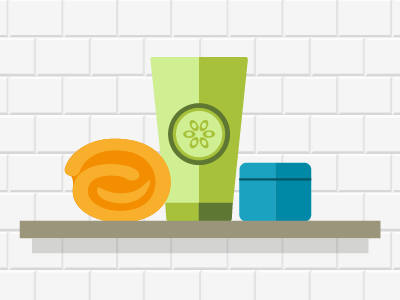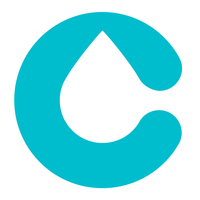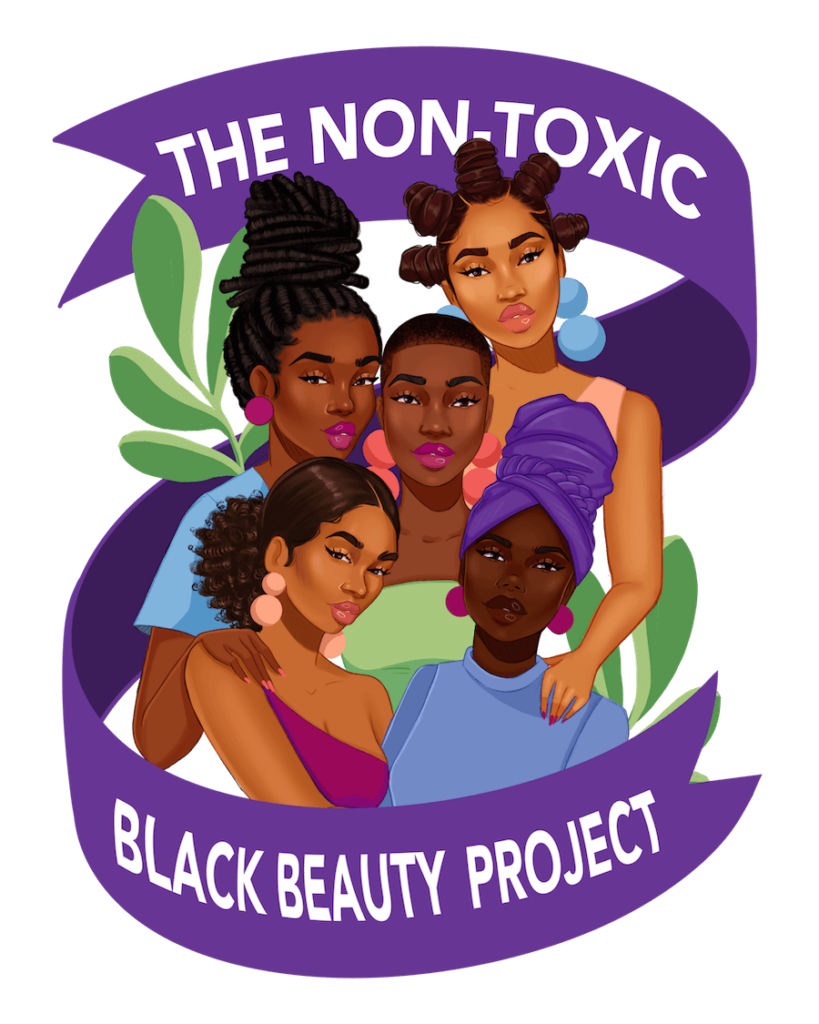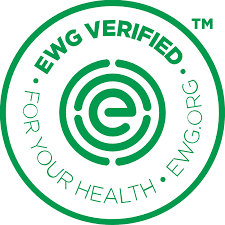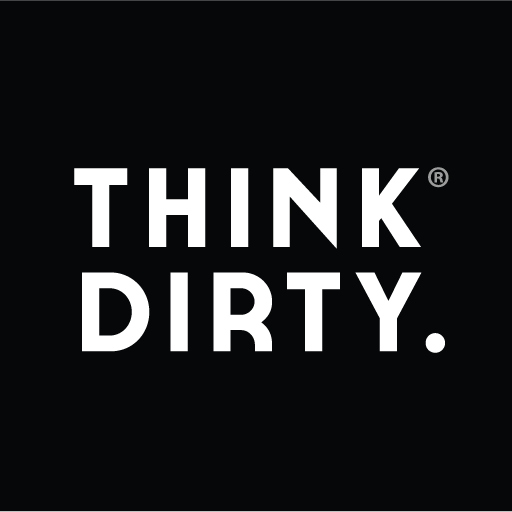Having a child is both thrilling and at times, exhausting. When you’re running on little sleep and pulled in many directions, sometimes taking a few minutes to pamper your face can give you the emotional lift you need. Just make sure what you put on your face and body is healthy and harmless for you and your baby.
What To Avoid
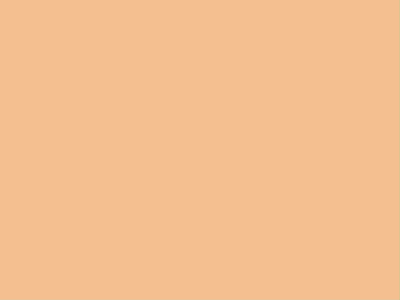
Synthetic antioxidants:Synthetic antioxidants (such as butylated hydroxytoluene, BHT, and butylated hydroxyanisole, BHA) can contain trace amounts of cancer-causing chemicals, notably 1,4-dioxane. They can be tricky to spot on a label, but checking for polyethylene glycol compounds (PEGs) or ingredients such as sodium laureth sulfate and chemicals that end with “-eth” (such as laureth, ceteareth or steareth) is a good start.

Preservatives:Certain Preservatives, such as Diazolidinyl urea, and other antibacterial and antimicrobial agents prevent germs (bacterial and microbial) from growing by releasing formaldehyde. Formaldehyde is known to cause cancer (a carcinogen). Another preservative, Phenoxyethanol, has been linked to skin irritations such as eczema and allergic reactions. If swallowed, this preservative may be particularly harmful to infants and their nervous systems. Widely considered to be a hormone disruptor, Parabens are another common preservative to avoid.

UV filters:Chemical uv filters are most commonly used in sunscreens to absorb UV rays. But they can also irritate the skin, stay in the environment, and harm sea life. Certain UV filters, (particularly oxybenzone, Octinoxate, or Sulisobenzone) have been shown to disrupt normal hormone function in humans and wildlife. In some studies, oxybenzone has been associated with reproductive harm.

Fragrance:Hundreds, or even thousands of chemicals, can be lumped under the term “fragrance.” Many companies do not have to disclose the specific chemicals they used, claiming they are proprietary. Among several concerns in synthetic Fragrances, many contain Phthalates to boost the scent’s staying power. One such common phthalate is Diethyl phthalate (dep). Some chemicals listed as “fragrance” are suspected, or even known to increase risk of cancer (be Carcinogenic). Others may contribute to reproductive and brain development problems.

MEA, DEA & TEA:Ethanolamine compounds (MEA, DEA & TEA) are used to make personal care products more gentle on our skin and hair by balancing pH levels. These chemicals are also used to bind ingredients (as Emulsifiers) and to make them foam. Studies suggest these chemicals may irritate skin and lungs. Some Ethanolamine compounds may raise the risk of cancer (be Carcinogenic) with chronic exposure.

Vitamin A:While vitamin A is healthy in the right dose, too much or too little can be harmful. Retinyl palmitate, which is made from Vitamin A, has been associated with skin irritation and an increased risk of cancer in mice exposed to sunlight. It’s not clear if it can impact humans the same way, but probably best to use with caution.
Safer Choices
Oils & Butters:Pure shea butter, cocoa butter, and jojoba oil (without additives or Fragrances) with any chemical additives. Note though, the production of these butters and oils can have negative environmental impacts. Choose organic, fair trade and other ethical certified products if possible!

Fragrance-free products:Fragrance-free products.

Safer SLS:Vegetable-derived sodium laurel sulfate (sls) doesn’t trigger skin irritations like petroleum-based SLS can for some people.

Mineral UVs:Facial lotions with sun-protection that use mineral UV blockers like zinc oxide or titanium dioxide instead of Chemical uv filters.

DIY:Online recipes for cleansers and lotions generally include one or more types of oils or butters, such as jojoba oil, almond oil, shea butter, and beeswax. Just make sure you use pure ingredients without additives and Fragrances. Choose organic, fair trade and other ethical certified products if possible!

Cook up a mask:There are also dozens of different facial mask recipes suggesting everything from oatmeal to avocados to egg yolks. See what works for you!
Find Safer Products
Websites and Apps:
Clearya
Clearya is a free browser extension and app that notifies you when there are unsafe ingredients in your makeup, personal care, baby care, cleaning and other products, and helps you find safe products.
Clearya is a free browser extension and app that notifies you when there are unsafe ingredients in your makeup, personal care, baby care, cleaning and other products, and helps you find safe products.
Campaign for Safe Cosmetics - Nontoxic Black Beauty Project
They offer a list and database of non-toxic beauty products made and sold by Black-owned companies that are committed to toxic-free beauty and personal care products.
They offer a list and database of non-toxic beauty products made and sold by Black-owned companies that are committed to toxic-free beauty and personal care products.
Detox Me
This app allows you to scan barcodes on products to find relevant tips. They also offer a buying guide to decode product labels and find non-toxic alternatives.
This app allows you to scan barcodes on products to find relevant tips. They also offer a buying guide to decode product labels and find non-toxic alternatives.
Environmental Working Group (EWG)
EWG has a "Skin Deep" database that rates personal care and beauty products based on their safety and toxicity levels. EWG also offers a Healthy Living app that allows you to scan barcodes and find safer products.
EWG has a "Skin Deep" database that rates personal care and beauty products based on their safety and toxicity levels. EWG also offers a Healthy Living app that allows you to scan barcodes and find safer products.
Think Dirty
This app and website allow you to scan or search for personal care products to see their ingredient safety ratings.
This app and website allow you to scan or search for personal care products to see their ingredient safety ratings.
